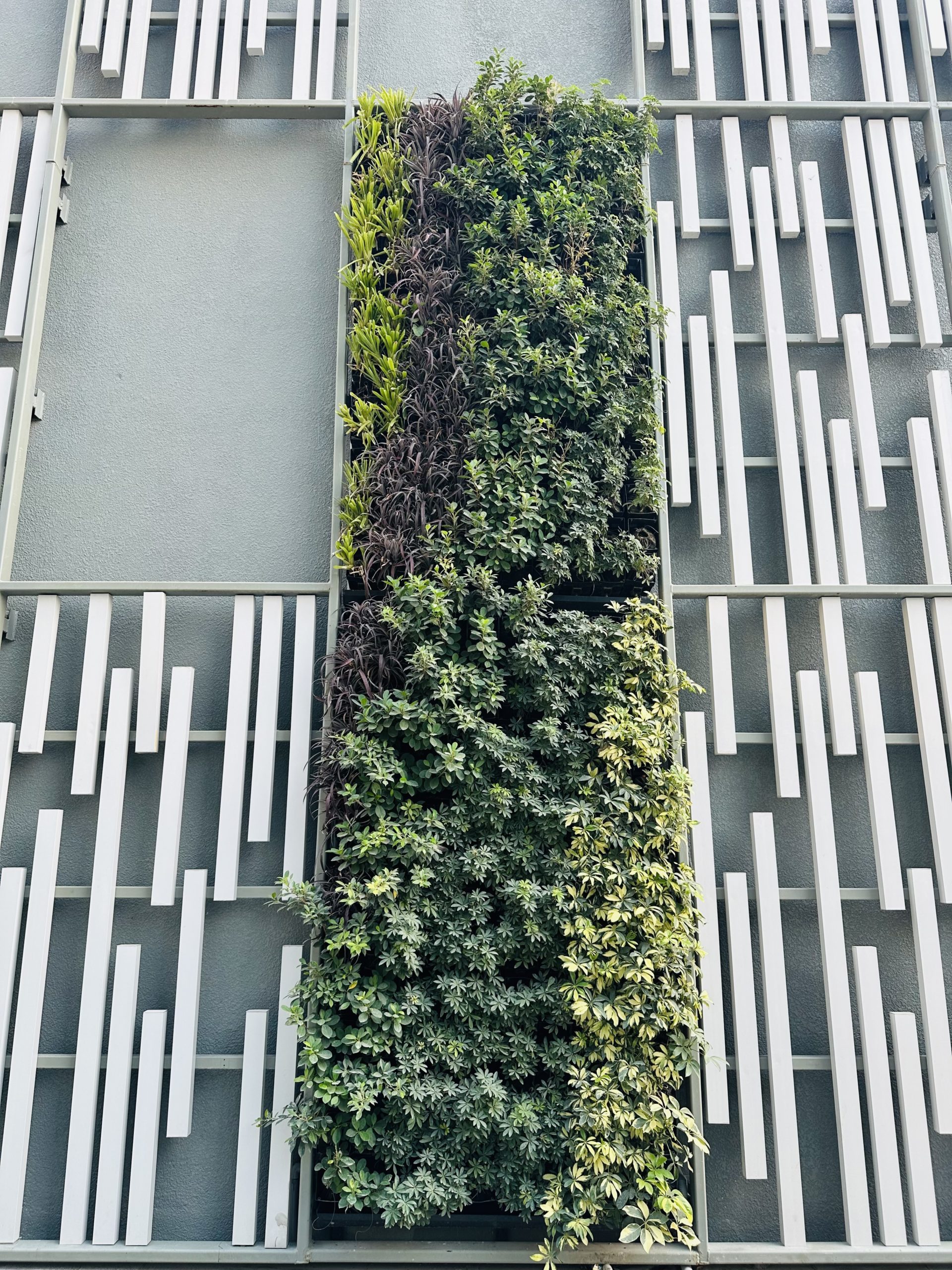Vertical Garden
Vertical Garden
A vertical garden is a unique and space-efficient way of cultivating plants in a vertical orientation, typically on walls, fences, or other upright surfaces. This gardening technique offers numerous advantages, making it popular in urban environments where space is limited.
Vertical gardens also contribute to improved air quality and environmental health. The plants in these gardens act as natural air purifiers, absorbing pollutants and releasing oxygen, thus enhancing the overall air quality of their surroundings. This can have positive impacts on the well-being of urban residents and the sustainability of urban ecosystems.
Furthermore, vertical gardens provide insulation to buildings against heat and noise, helping to regulate indoor temperatures and create a more comfortable living environment. They also add aesthetic appeal to urban landscapes, transforming plain walls into vibrant green spaces that enhance the beauty and liveliness of the surroundings.
Vertical gardens can be created using various methods and structures, such as trellises, modular panels, or hydroponic systems. This versatility allows for a wide range of plant species to thrive in vertical gardens, including herbs, flowers, vegetables, and even small trees.

In summary, vertical gardens offer a sustainable, space-saving, and visually appealing solution to urban gardening challenges. They promote environmental health, improve aesthetics, and provide opportunities for creative plant cultivation, making them a valuable addition to modern urban landscapes.











